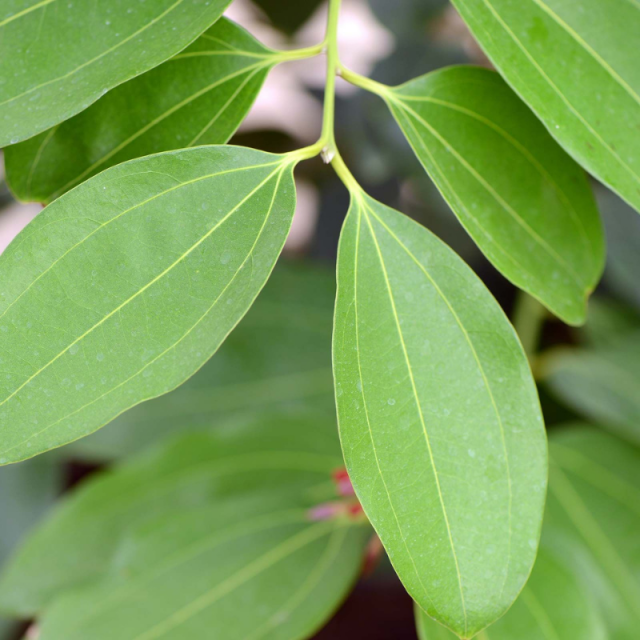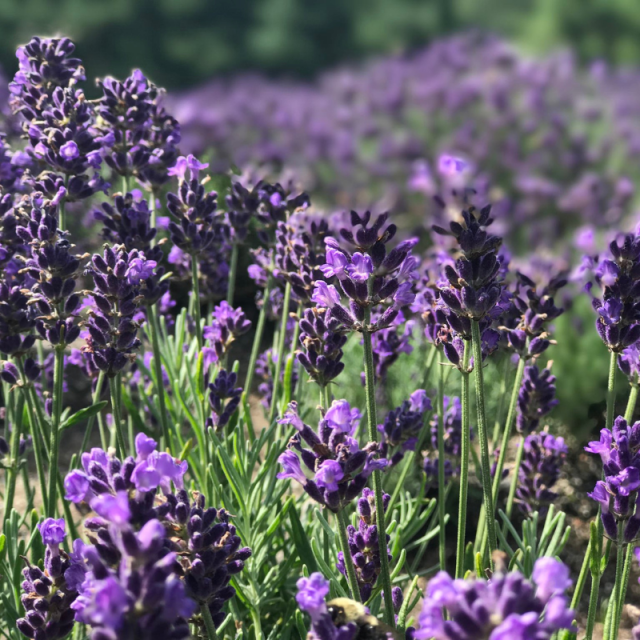Lavandin Grosso
- Home
- Essential Oils
- Lavandin Grosso
Lavandin Grosso
Lavandula hybrida var. grosso
Lavandin itself has a history (dating back to the 1820s) of different species all with different compositions. The three most common being ‘Grosso’, ‘Abrialis’ and ‘Super’. In the past, the most common was Abrialis but this has evolved over time with ‘Grosso’ now being the dominant type with over 1,400 MT being produced in France alone each year.
Developed in the 1970’s by lavender grower Pierre Grosso, the lavandin grosso plant is a more robust hybrid and grows well at lower altitudes meaning larger plantations on a more commercial scale can be managed successfully. Some of the larger plantations in France are amongst the largest commercial plantations of any essential oil in Europe. Lavandin is mechanically harvested and distilled in much larger volumes than its lavender counterpart. Taking France as an example, when we are comparing the economies of harvesting and distilling it’s the difference between 1,400 MT of lavandin versus 50 MT of lavender, almost 30 times larger! These economies bring a more cost effective product.
Lavandin is said to have a number of therapeutic benefits in particular antiseptic, anti-bacterial, anti-fungal and analgesic properties.
- Product Details
- Product Enquiry
- List of product Files
Product Details
| Botanical Name | Lavendula hybrida (Lavandula angustifolia x Lavandula latifolia) |
| CAS # | 8022-15-9 |
| EINECS # | 294-470-6 |
| FEMA# | 2618 |
| Origin | Obtained by steam distillation of flowering tops of Lavandula hybrida. |
| Appearance | Light yellow |
| Refractive Index | 1.458 - 1.462 @20°C |
| Uses | Fragrance and Flavour application. |
Product Enquiry
To ask us a fair quote for this product, please fill the following form:










